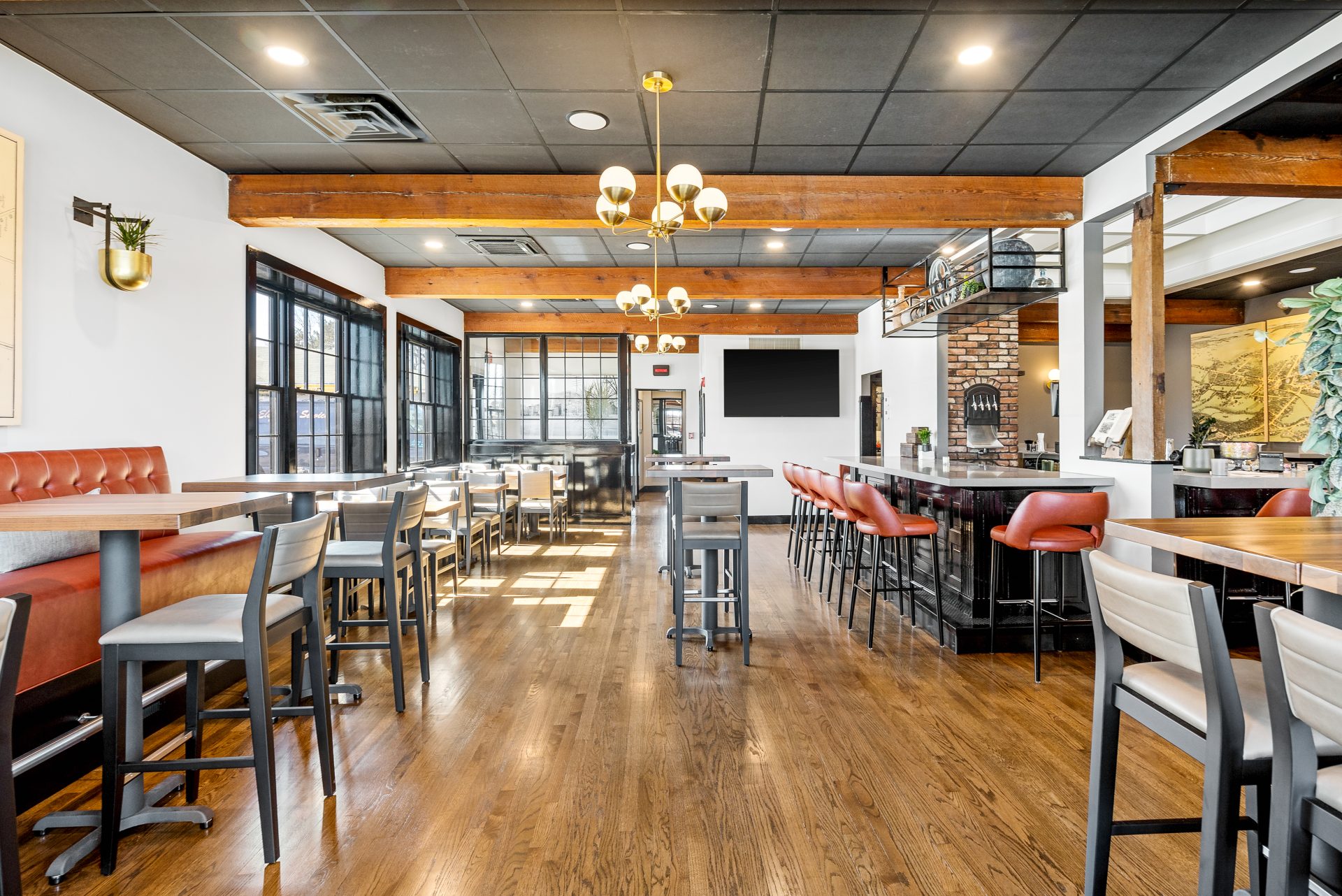Why Dining at Local Dining Establishments Sustains Your Community and Thrills Your Palate
Dining at regional restaurants offers more than just a dish; it offers as an essential component in nurturing neighborhood vigor and financial resilience. What might this imply for the future of regional eating and area connection?
Economic Effect of Neighborhood Eating

The economic impact of local eating extends far beyond the dining establishment itself, influencing a vast array of sectors within the neighborhood. Neighborhood dining establishments play a pivotal duty in stimulating financial growth by developing jobs, supporting local distributors, and contributing to municipal revenues. When consumers pick to eat at neighborhood facilities, they assist endure employment for chefs, servers, and upkeep team, therefore improving the regional job market.
Furthermore, local restaurants typically source components from close-by farms and producers, cultivating a robust supply chain that benefits different agricultural markets. This technique not only sustains local economies however also urges lasting farming methods. Additionally, the sales tax obligation produced from these restaurants adds to essential civil services, such as education and learning and facilities, which even more improves community lifestyle.
Additionally, local eating establishments usually promote a sense of area, drawing in homeowners and visitors alike, which can bring about boosted foot traffic in bordering companies. This interconnectivity amongst regional enterprises improves economic durability, developing a dynamic and sustainable area ecosystem. Essentially, the support of neighborhood eating is an investment in the broader economic health of the area, promoting growth and sustainability for future generations.
Distinct Cooking Experiences

Additionally, several regional facilities accept farm-to-table practices, highlighting the importance of seasonal produce. Restaurants can savor the freshness of active ingredients sourced from nearby ranches, which not just enhances taste but likewise cultivates a connection to the neighborhood landscape. This commitment to high quality and locality establishes the stage for unique cooking experiences that are usually missing in chain restaurants.
Furthermore, local chefs often try out combination cuisine, mixing varied cooking customs to produce amazing brand-new recipes. Such innovation not just entices the taste buds however additionally motivates daring eating, welcoming customers to expand their culinary horizons. Involving with neighborhood dining establishments enables diners to enjoy dishes that are not simply regarding nourishment, however about the virtuosity and interest that specify the culinary world, making every eating experience absolutely one-of-a-kind and fascinating.
Fortifying Area Bonds
Dining at regional restaurants plays a critical role in strengthening community bonds by fostering connections amongst locals. These establishments function as important event locations where individuals can participate in meaningful conversations, share experiences, and create lasting memories. As patrons frequent the very same regional places, they cultivate a feeling of experience and camaraderie, enhancing social ties within the community.
Additionally, regional dining establishments usually show the unique social fabric of their areas, showcasing regional practices and culinary heritage. This party of regional society not only boosts neighborhood identification however additionally motivates homeowners to take pride in their environments. By taking part in the local eating scene, individuals add to a common narrative that binds them with each other.
Community occasions hosted at dining establishments, such as open mic evenings, fundraising events, or food festivals, further boost these links. They give possibilities for cooperation and involvement among diverse teams, cultivating inclusivity and understanding. As homeowners gather to sustain neighborhood companies, they simultaneously support each other, producing an interconnected network that reinforces the community's resilience.
Fundamentally, dining at regional dining establishments is not just about food; it is an enriching experience that fortifies neighborhood bonds and grows a vivid, united neighborhood culture.
Supporting Local Farmers and Producers

This practice minimizes transport prices and emissions, advertising environmental sustainability while additionally enhancing the taste and quality of the dishes served. Seasonal food selections, which highlight local produce, enable dining establishments to use distinct culinary experiences that show the region's agricultural bounty.
Moreover, supporting see this regional farmers assists maintain traditional farming practices and motivates biodiversity. It empowers small-scale producers, allowing them to prosper in a progressively industrialized food system. As local dining establishments pick to companion with these farmers, they help preserve a dynamic farming neighborhood, making certain that neighborhood food systems stay resilient.
Fundamentally, eating at neighborhood dining establishments is not just regarding appreciating a meal; it is a financial investment in the regional economy and an affirmation of lasting practices. By picking neighborhood, diners play an essential function in supporting their communities and supporting the diligent individuals who grow their food.
Preserving Neighborhood Culture and Heritage
Rooted in the traditions of their neighborhoods, regional dining establishments act as important custodians of cultural heritage. By showcasing regional components and standard cooking methods, these establishments preserve the distinct flavors and cooking practices that specify neighborhood identification. Each meal narrates, showing historical basics impacts and social narratives that have actually shaped the area over generations.
Moreover, neighborhood dining establishments typically promote time-honored dishes gave through family members, making certain that one-of-a-kind social practices continue to be alive. This not just enlightens clients concerning the community's heritage but likewise cultivates a feeling of pride and belonging amongst homeowners. The ambience, decoration, and also songs in these establishments typically echo the neighborhood society, supplying an all natural experience that transcends mere dining.
Moreover, look at this now regional restaurants add to the preservation of language and languages, as food selections and conversations frequently include local vernacular. By joining neighborhood occasions and events, these dining establishments reinforce social bonds and promote social exchange. Basically, dining at local restaurants is not simply a culinary experience; it is a chance to engage with and support the abundant tapestry of neighborhood society and heritage, ensuring its connection for future generations.
Final Thought
